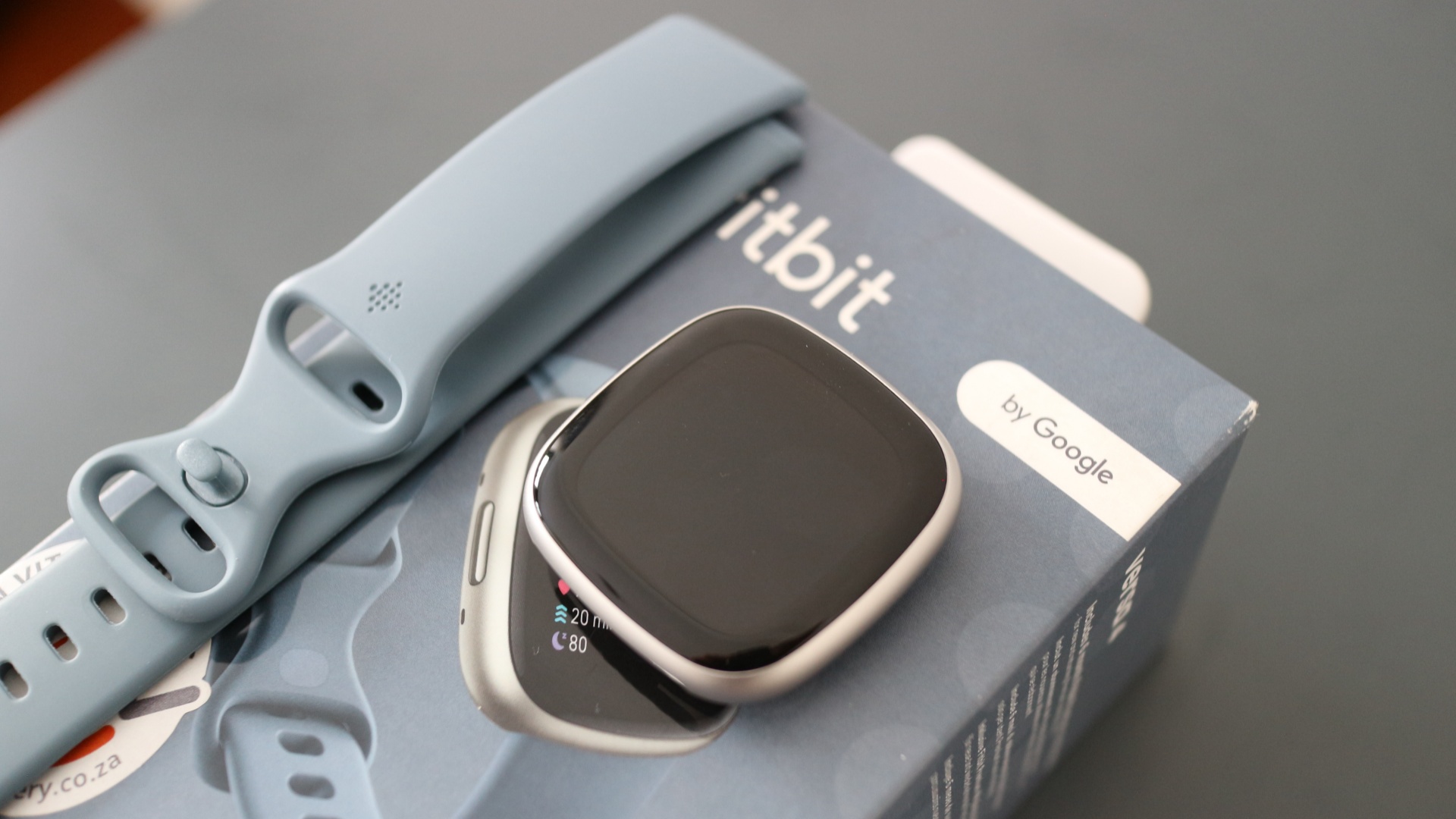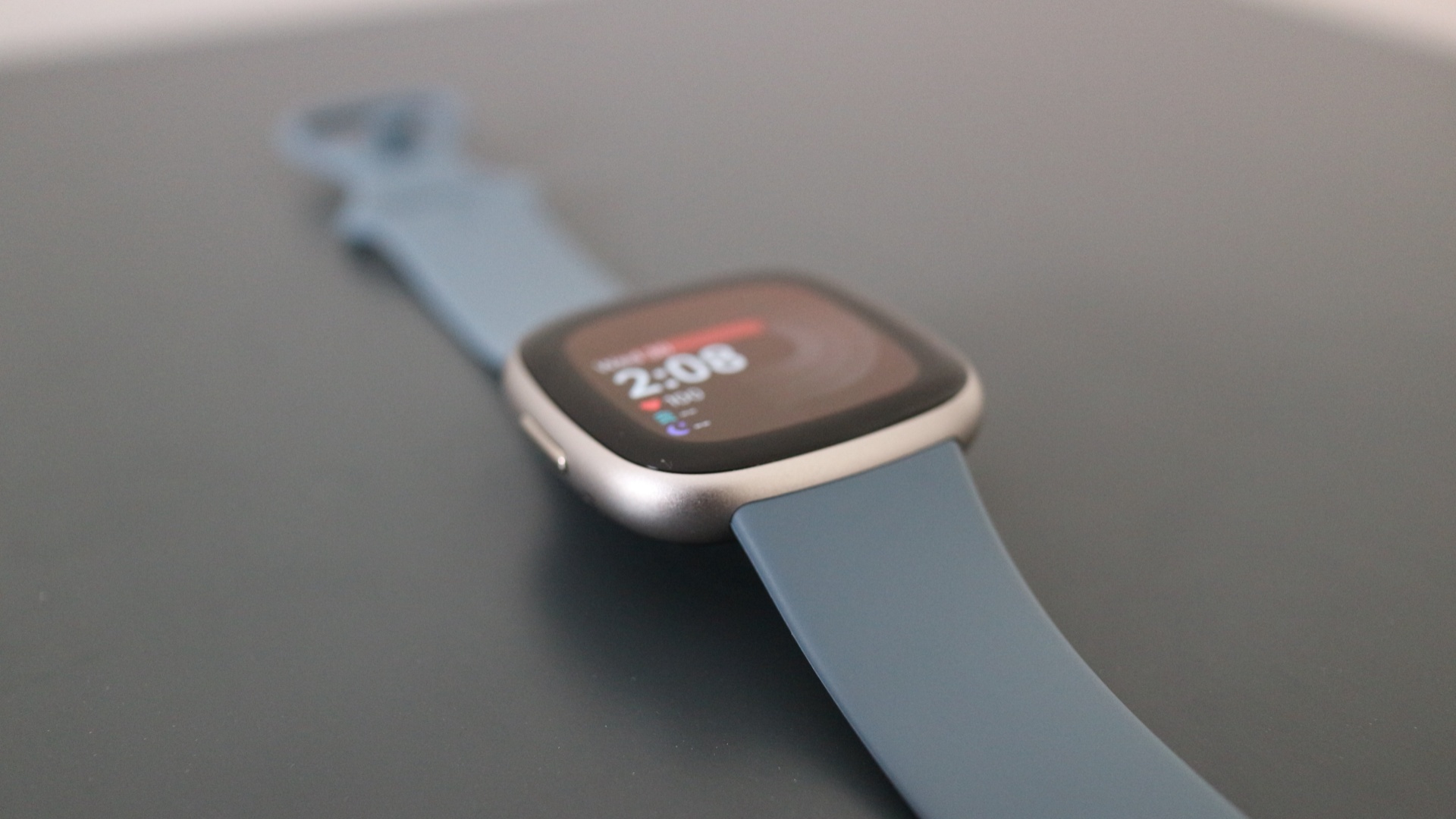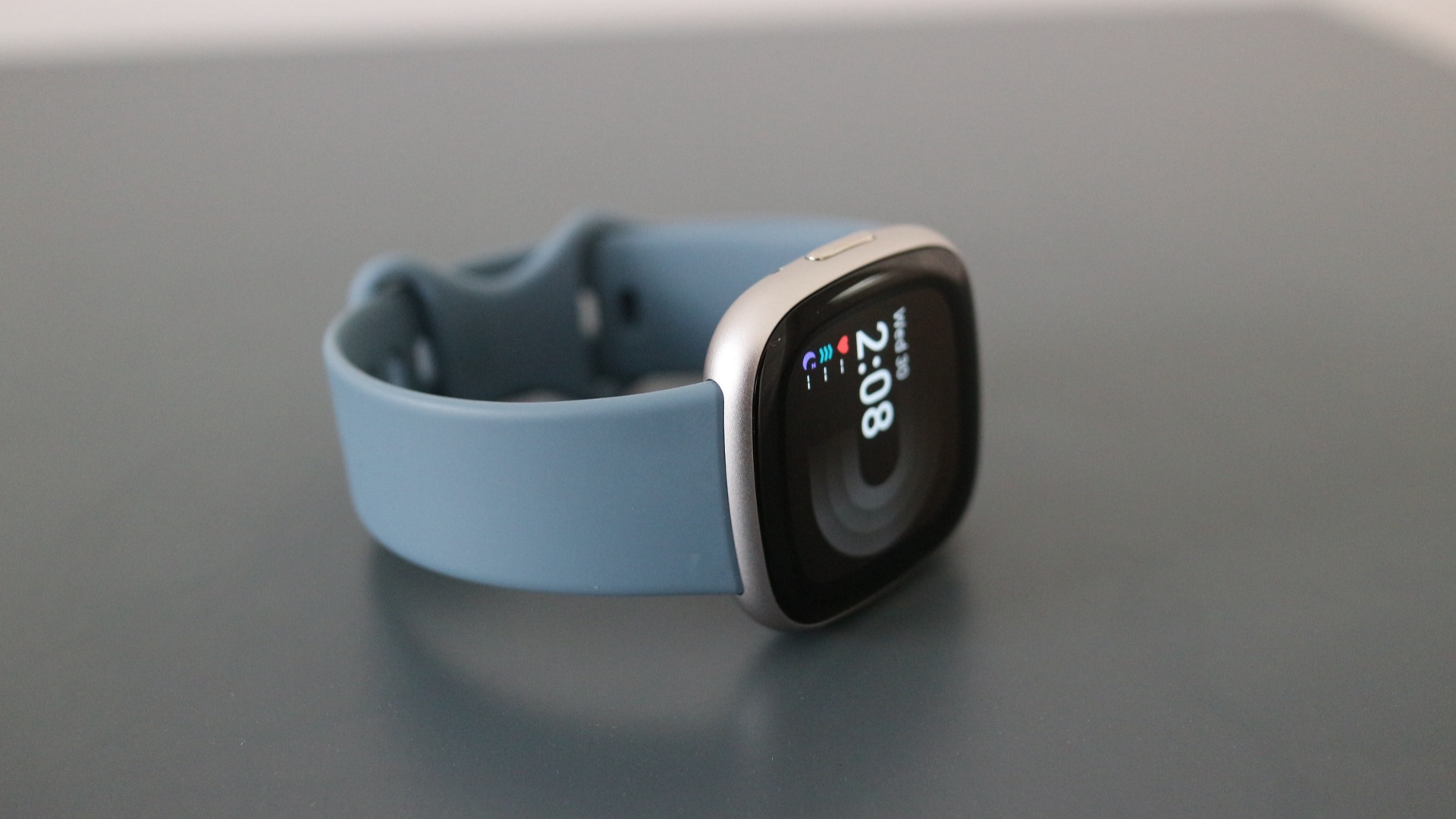There are a myriad wearables and brands available these days, as this segment of consumer technology continues to grow with each passing week. Locally, however, there are a handful of players that have dominated the smartwatch space – namely Apple, Fitbit and Huawei.
With the Apple Watch and Huawei Watch GT offerings batting for opposing ecosystems, Fitbit still straddles the line between iOS and Android.
This appears to be a theme with the company’s devices in general. For example, while the Apple Watch just about gets through a day of use, and the Huawei Watch GT boasts two weeks of battery life, the Fitbit devices normally muster five days before another charge is needed.
The same go for the features, with Fitbit offering a blend of fitness, tracking, sleep and lifestyle applications and tools across its lineup.
As such, Fitbit seems to specialise in doing a little bit of everything and not necessarily focused on one area in particular, apart from trying to get people to subscribe to its Premium service, which is a discussion for another time.
Having recently launched three new devices then, does Fitbit still offer the best compromise for those wanting a solid all-around smartwatch experience? To find that out we took the new Fitbit Versa 4 for a spin over the past couple of weeks.
As the name would suggest, this is the fourth iteration in the Versa lineup, which are a step up from the fitness bands the company makes too, but more affordable than some of its specialist devices, like the Sense.
So, just how good is the Versa 4? Here are our thoughts on one of the latest devices from Fitbit.

Same old, same old
It is at this point that we should note that this is the first device we have reviewed since Google acquired Fitbit. In terms of making that fact known to consumers, there are only a few subtle hints, such as the small “by Google” label that appears on packaging.
Whether we will see something more in line with Pixel offerings in future remains to be seen, but for now, those familiar with Fitbit as a brand, won’t spot anything out of the ordinary.
In terms of pairing, the Fitbit app is still required (available on iOS and Android as mentioned), with initial setup needing the Versa 4 to be charging via a small proprietary four pin pad. This process is fairly standard for smartwatches, and in the whole was a painless process. The app also remembered our profile and settings based on previous devices we have reviewed, which is handy.
We should also point out that we were not directed to any Google-related areas in the app, so the transition to Google accounts on profiles is yet to take full effect for now.
Moving on and all the usual suspects are present on the app, such as being able to set daily step, calorie, and active zone minutes targets, along with real-time heart rate monitoring. Your progress in that regard is displayed via the app and Versa 4 watch face, which again, is nothing new to the lineup.

A differentiator?
In fact, when it comes to the standard functionality and capabilities, Fitbit is not offering anything on the Versa 4 that we have not seen on other recent iterations, including some of the smartbands. Where the company is aiming to differentiate itself is the wellbeing elements, with sleep, daily readiness and built-in GPS all offering a little bit more in terms of information.
The latter is quite helpful in terms of navigation, should you be walking around a new area of the city or simply going for a run aiming to avoid busy roads. The GPS is also able to track movements in more than 40 of the workout modes, according to Fitbit. In the main it works nicely for walks, jogs and the occasional cycle, but given that we are not swimmers or kayakers, how it performs on the water is still unclear.
As we have already pointed out, none of this feels truly new, which may be because we have reviewed quite a few wearables in recent years, so as it stands right now, should you have purchased a decent smartwatch in the past year, the reasons to upgrade here are difficult to pinpoint.
That said, if you are looking at an easier smartwatch ecosystem, Fitbit is one of the better options, especially for those not necessarily wanting something as specialised as what Garmin or Huawei offers.
Looking at the rest of the device and there are only a handful of aspects we took issue with, such as the size of the display. We must admit that the square form factor lends itself better to reading notifications than circular ones, but we just wish the 1.58″ AMOLED display was a tad larger to make pressing smaller icons easier. In terms of brightness and clarity though, there is nothing to complain about.
We were also pleased by the battery life on offer. Here Fitbit claims roughly six days of use, but we were able to eek out just shy of five days, tracking a handful of short workouts in the process. We only wish there were notifications that the battery was about to die, as looking to your wrist only to see a blank screen can be a little jarring.

Final verdict
At R5 699 (RRP), the Fitbit Versa 4 is a solidly priced smartwatch, given its range of features, premium build quality and easy to use interface/ecosystem. The problem is that I can say the same thing about the Versa 3 and even the Versa 2 to some degree.
If you are looking to upgrade from the latter, or wanting to move from your current brand to a new one, the Versa 4 is a good choice, especially as it is fairly comparable to the more expensive Sense 2.
Perhaps it’s a symptom of the iterative nature of smartwatches, which are beginning to match smartphones, but the Fitbit Versa 4 need only be an option for those unsatisfied with their current wearable.

FULL DISCLOSURE: THE FITBIT VERSA 4 WAS SEEDED TO HYPERTEXT TO KEEP AFTER THE REVIEW PERIOD.

